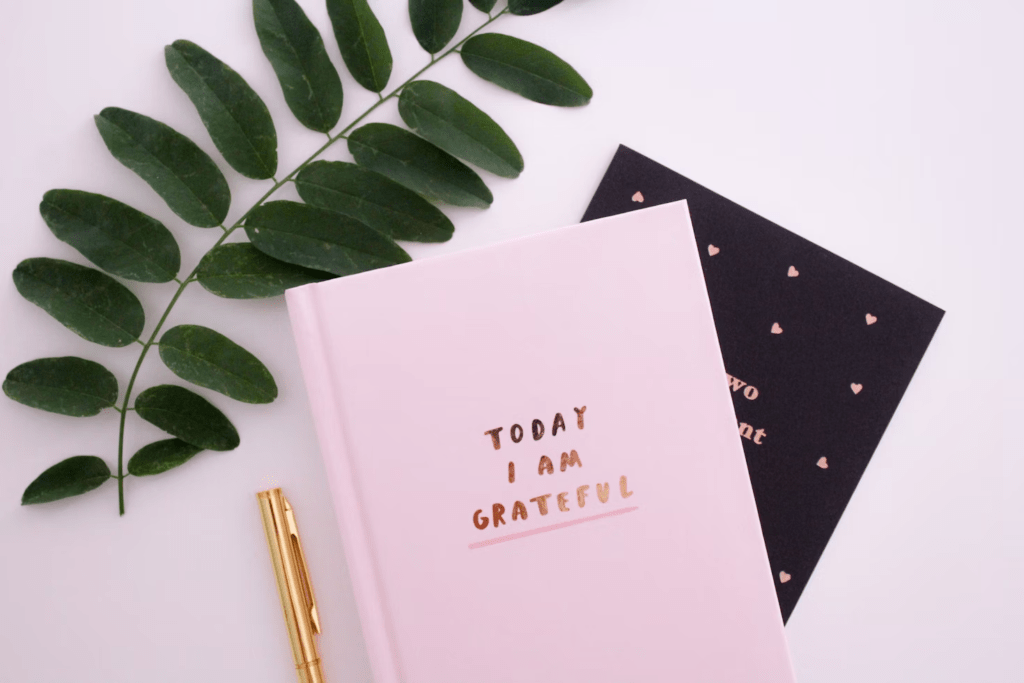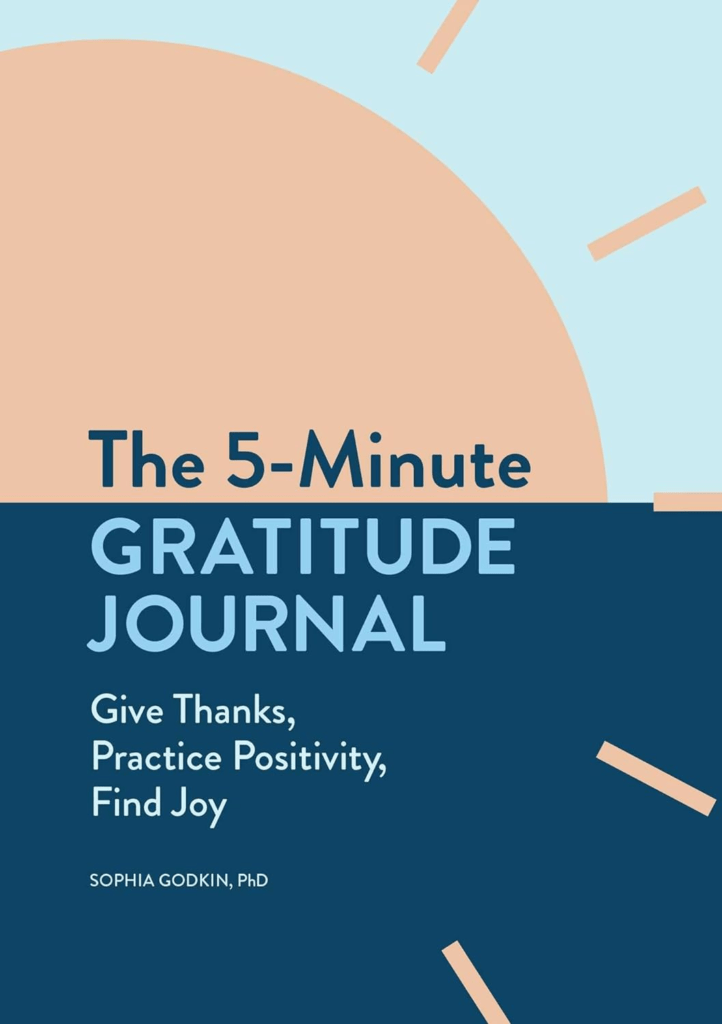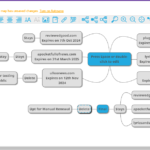Table of Contents
Welcome to our blog post on experiencing inner growth through time tested techniques of mindful journaling. In this article, we will delve into the powerful practice of mindful journaling and how they can enhance your personal development journey. Mindful journaling is a way to practice mindfulness by writing down your thoughts, feelings, and experiences in a non-judgmental way. Remember the line in bold , its every word forms the framework of mindful journaling .
How is Mindful Journaling different from normal day to day journaling
Mindful journaling’s core resides at involving the present-moment awareness to you your and non-judgmental attention to the act of journaling. Traditional journaling focuses on recounting events of the day ..with emotions very apparent in the form and structure of the entries , whereas mindful journaling emphasizes observing thoughts and sensations without attachment or analysis – without being analytical or judgement . The key is detachment !!
By cultivating mindfulness within the journaling process, by observing yourselves as a third ..as an observer you can develop a deeper understanding of your thoughts and emotions, enhance self-reflection, and promote overall well-being , become more empathetic.
Analogy – Mindful journaling is to normal journaling as meditation is to idle thinking. It involves intentional self-reflection and conscious awareness, similar to how meditation requires focused attention and mindfulness.
Introduction to Mindful Journaling:
Mindful journaling is the practice of intentionally and attentively recording one’s thoughts, emotions, and experiences in a written format, with a focus on cultivating awareness and presence in the present moment , without judgement . Its desired that a large part of the journal also gets dedicated to gratitude entries. This practice is particularly beneficial for individuals seeking to enhance their overall well-being, manage stress, and develop greater self-awareness, including entrepreneurs and individuals from various backgrounds.
Benefits of mindful journaling
- Promotes self-reflection and introspection
- Promotes deeper insights into ones thoughts, feelings, and motivation triggers
- Serves as a tool for stress reduction and emotional well-being,
- Promotes the goodness of life and people by documenting gratitude towards them .
- The feeling of gratitude enforces faith , reduces anxiety
- Many may get flashes of fascinating ideas while journaling which then can be tested- implemented
Getting started with Journaling

Setting the intent and goal
- Reflect on the purpose of journaling – visualize on the why and where you want to end up
- Identify specific goals or outcomes you hope to achieve through journaling.
- Consider the areas of your life you want to focus on – it could be personal development , career , stress management , better sleep , career ,,
- Ascertain the time of day you want to journal and its duration
- Choose the format you want the journaling journey to follow – it could be any or beyond these – free style uninhibited writing, prompts-based, gratitude journal).
- Explore any underlying emotions or motivations driving your desire to journal.
- Write down your intentions in a clear and concise manner to serve as a guiding framework for your journaling practice.
Creating a conducive environment
- Choose a quiet and comfortable space free from distractions, with minimal clutter to promote a sense of calm.
- Consider incorporating natural elements , such as plants or natural light.
- Remove or minimize electronic devices that may disrupt your concentration.
- Consider playing soft background music or nature sounds to enhance relaxation and concentration.
- Keep your journaling supplies organized and easily accessible
- Practice mindfulness techniques like deep breathing or meditation, to align yourself before journaling.
Mindfulness Techniques for Journaling:
Breath awareness exercises
Breath Awareness Exercises for Mindful Journaling:
- Find a comfortable seated position, with your back straight and your feet flat on the ground.
- Close your eyes gently or soften your gaze, whichever feels more comfortable for you.
- Begin by bringing your attention to your breath without trying to change it, simply observing the natural rhythm of your inhalations and exhalations.
- Notice the sensations of the breath as it enters and leaves your body, focusing on the rising and falling of your chest or the sensation of air passing through your nostrils.
- If your mind starts to wander, gently guide your focus back to the breath without judgment or frustration.
- As you continue to breathe mindfully, observe any thoughts, emotions, or bodily sensations that arise, allowing them to come and go without getting caught up in them.
- If you find it helpful, you can count your breaths, silently saying “inhale” as you breathe in and “exhale” as you breathe out, or simply count each breath from one to ten and then start again.
- Practice this breath awareness exercise for a few minutes or as long as feels comfortable for you, gradually increasing the duration over time if desired.
- After completing the exercise, take a moment to notice how you feel mentally, emotionally, and physically before transitioning to your journaling practice.
Body scan meditation.
- Find a comfortable position either lying down on your back with your arms by your sides or sitting in a chair with your feet flat on the ground and your hands resting in your lap.
- Close your eyes gently and bring your attention to your breath, taking a few deep breaths to center yourself and relax your body.
- Begin by focusing your attention on the sensations in your toes. Notice any tingling, warmth, or pressure without trying to change anything.
- Slowly move your attention up through each part of your body, one at a time, scanning for any areas of tension, discomfort, or relaxation.
- Pay attention to your feet, ankles, calves, knees, thighs, hips, pelvis, abdomen, chest, back, shoulders, arms, hands, neck, and head, moving systematically from one body part to the next.
- With each body part, take a moment to observe any sensations you notice, allowing them to be exactly as they are without judgment.
- If you encounter areas of tension or discomfort, bring your breath to that area and imagine sending it warmth and relaxation with each exhale.
- Continue scanning your body from head to toe, bringing mindful awareness to each part, and noticing any changes in sensation as you progress.
- After completing the body scan, take a few moments to bask in the feeling of relaxation and presence in your body before transitioning to your journaling practice.
- Reflect on any insights or observations that arose during the body scan meditation, and consider how you might incorporate them into your journaling.
Mindful observation and reflection.
Mindful Observation and Reflection for Mindful Journaling:
- Choose an object or scene to observe mindfully, such as a flower, a candle flame, or a window.
- Begin by bringing your full attention to the chosen object or scene, using all your senses to observe it without judgment or interpretation.
- Notice the colors, shapes, textures, and patterns present in the object or scene.
- Pay attention to any sounds, smells, or tactile sensations associated with the object or scene.
- Observe any thoughts or emotions that arise as you engage in mindful observation, acknowledging them without getting caught up in them.
- If your mind wanders, gently guide your focus back to the present moment and the object or scene in front of you.
- Allow yourself to fully immerse in the experience of observation, embracing a sense of curiosity and wonder.
- After spending some time in mindful observation, transition to reflection by journaling about your experience.
- Write down your observations in detail, describing what you noticed and how it made you feel.
- Reflect on any insights or realizations that emerged during the practice, considering how they relate to your life or current circumstances.
- Use your journaling as a tool for deeper exploration and understanding, allowing it to serve as a record of your mindful experiences and reflections over time.
Themes for Mindful Journaling:
By focusing on specific topics such as gratitude, personal growth, or goal-setting, mindful journaling allows individuals to reflect on their experiences and emotions in a structured way.
Gratitude journaling.

- Reflect on the things, people, or experiences you are grateful for in your life.
- Write down at least three things you feel grateful for each day, using specific details to deepen your appreciation.
- Consider a variety of aspects to express gratitude for, including relationships, accomplishments, simple pleasures, or moments of joy.
- Focus on the feeling of gratitude as you write, allowing yourself to fully experience and savor it.
- Avoid rushing through your gratitude journaling practice; take your time to fully immerse yourself in the experience.
- Review your gratitude journal regularly to reflect on the blessings in your life and cultivate a mindset of gratitude.
- Experiment with different formats or approaches to gratitude journaling, such as writing in bullet points, paragraphs, or using prompts to guide your reflections.
- Embrace gratitude as a daily practice that can foster positivity, resilience, and a greater sense of well-being in your life.
Self-compassion and self-care.
- Recognize the importance of treating yourself with kindness, understanding, and acceptance
- Practice self-compassion by acknowledging your struggles and challenges without judgment or self-criticism.
- Prioritize your physical health by engaging in activities that nourish your body, such as regular exercise, nutritious eating, and adequate sleep.
- Take breaks when needed to rest and recharge, listening to your body’s signals of fatigue or exhaustion.
- Nurture your emotional well-being by engaging in activities that bring you joy, relaxation, and fulfillment, whether it’s spending time with loved ones, pursuing hobbies, or practicing mindfulness.
- Set boundaries to protect your time, energy, and emotional resources,learn to say NO to obligations or commitments that drain you or compromise your well-being.
- Engage in regular self-reflection and introspection to deepen your understanding of yourself and your needs, fostering a deeper sense of self-awareness and self-compassion.
Emotional processing and release
- Create a safe and supportive space for emotional exploration in your journaling practice.
- Begin by identifying and acknowledging the emotions you’re experiencing without judgment or suppression.
- Use your journal as a tool to express and process your emotions openly and honestly.
- Write freely and without censoring yourself, allowing your thoughts and feelings to flow onto the pages of your journal.

- Explore the underlying causes or triggers of your emotions, reflecting on past experiences, beliefs, or patterns that may be contributing to your current feelings.
- Practice self-compassion and self-acceptance as you navigate your emotional landscape, offering yourself kindness and understanding.
- Allow yourself to fully experience and express your emotions through writing, drawing, or any other creative means that resonate with you.
- Use mindfulness techniques, such as breath awareness or body scan meditation, to cultivate present-moment awareness and create space for emotional release.
- Reflect on the insights and lessons you gain from processing your emotions, noting any patterns or recurring themes that emerge.
Structuring Your Mindful Journal Entries – benefits of journaling for mindfulness
Human beings are naturally pattern and ritual friendly . Having a pre designed structure for your mindful journal entries can provide numerous benefits . By establishing a consistent format, such as starting with a gratitude section, followed by reflections on challenges and accomplishments, and ending with intentions or goals for the future, you can cultivate a sense of mindfulness and self-awareness.
Daily prompts and rituals.

- Begin each journaling session with a brief mindfulness practice to center yourself and create a calm, focused mindset.
- Set aside dedicated time each day for journaling, preferably at a consistent time to establish a ritualistic practice.
- Use prompts to guide your journaling, such as gratitude prompts (“What am I grateful for today?”), reflection prompts (“What did I learn today?”), or intention-setting prompts (“What do I want to focus on today?”).
- Experiment with different types of prompts, such as open-ended questions, sentence starters, or visual prompts, to keep your journaling practice fresh and engaging.
- Incorporate rituals into your journaling practice to enhance mindfulness and create a sense of sacredness around the process, such as lighting a candle, sipping a cup of tea, or taking a few deep breaths before you begin.

- Use your journaling practice as an opportunity to check in with yourself and cultivate a deeper connection to your inner world on a daily basis.
- End each journaling session with a moment of gratitude or self-compassion,
Start a mindfulness journal
Should you want to purchase “Gratitude Journal” books , you may click on the image of book below to be taken to Amazon page – we have tried and tested the journal already!!

FAQ’s
What is mindful journaling, and how does it differ from traditional journaling?
Mindful journaling involves the practice of combining mindfulness techniques with the act of journaling. It focuses on cultivating present-moment awareness, self-reflection, and non-judgmental observation of thoughts and feelings. Unlike traditional journaling, which may solely focus on recording events or emotions, mindful journaling emphasizes being fully present and aware while writing, fostering a deeper understanding of oneself.
How can mindful journaling benefit my mental well-being?
Mindful journaling offers various mental health benefits, including stress reduction, increased self-awareness, improved emotional regulation, and enhanced clarity of thought. By incorporating mindfulness techniques into journaling, individuals can develop greater resilience, cultivate gratitude, and gain insights into patterns of behavior and thought.
Do I need prior experience with mindfulness or journaling to start mindful journaling?
No prior experience is necessary to start mindful journaling. Mindfulness and journaling are practices that anyone can learn and incorporate into their daily routine. Mindful journaling can be tailored to suit individuals of all experience levels, and beginners can start with simple exercises and gradually deepen their practice over time.
What if I struggle with self-judgment or writer’s block during mindful journaling?
It’s common to encounter challenges such as self-judgment or writer’s block while practicing mindful journaling. In such situations, it’s important to approach your practice with self-compassion and non-judgment. You can try using prompts or guided exercises to stimulate reflection and creativity. Remember that there’s no right or wrong way to journal mindfully, and simply showing up and engaging with the process is what matters most.
Note - This post is linked - Click here to jump
Behind the scenes Of this post

RankMath SEO tools and content AI at work with the human
A lot of synergy transpired between the writer and the RankMath tool , each pushing the other for a better output , but not a the cost of writer’s vision and creativity . The human writer remained the master , while the intelligent slave – the tool, like a lighthouse showed direction , showed pathways , did all the mathematics silently and behind the scenes to keep the content in track and evolve for the right audience , and most essentially made the content worthy of being in the spot light !!
Below are few snapshots of the collaborative effort .
Keep an eye on the changing score on Rank Math score keeper on the right top corner .

Voila !! We reached a score 100/100 on all parameters deemed required to be searchable and visible as per RankMath !!










